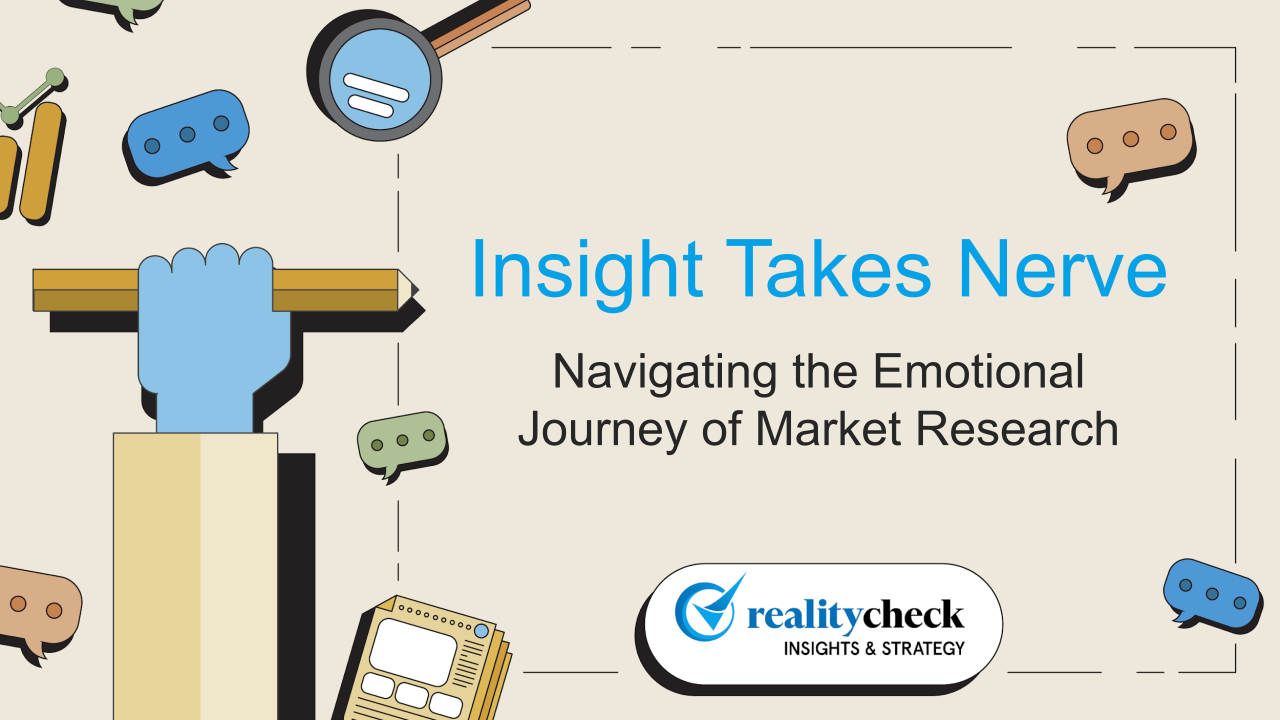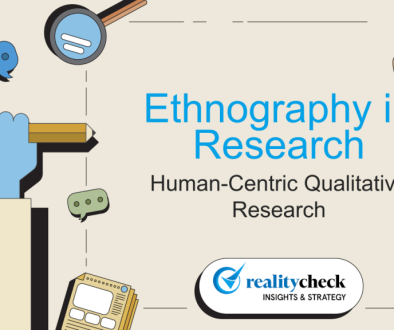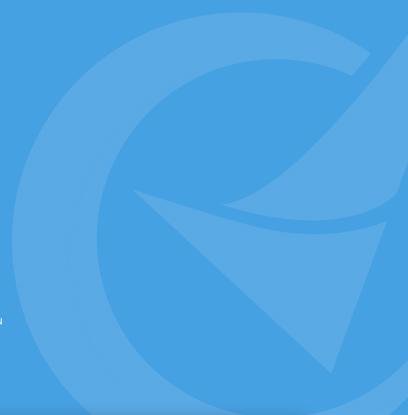Insight Takes Nerves: Navigating the Emotional Journey of Market Research
We like to think of market research as a rational process. We design a study, field the data, run the analysis, and deliver the insight. Straight lines and clear outcomes.
But if you’ve spent time on the inside of a project—whether as a client, researcher, or agency partner—you know that’s not how it feels. Even the smoothest research journeys involve emotional highs and lows. There’s early optimism, followed by creeping doubt. A fog of uncertainty. Sometimes even panic. Then—if we’re patient—clarity and relief.
It’s tempting to view this arc as a flaw. Something to avoid or overcome. But that would be a mistake. The emotional journey of research isn’t a bug in the system—it’s a feature. It’s the price of entry for work that changes minds, redirects strategy, and drives brands forward.
Change Creates Anxiety
Let’s start with a simple truth: we do research to change something.
We want to reposition a brand, launch a new product, fix a broken customer journey, or understand a segment we’ve never quite gotten right. Insight is change fuel. And change, by definition, invites risk.
So of course there’s anxiety. Especially when the stakes are high—when the project is visible, the audience is senior, or the decision that follows could cost millions. No one wants to be wrong. No one wants to disappoint. And in that environment, even the smallest moment of uncertainty can feel like failure.
But it isn’t. In fact, it’s often a sign that something meaningful is just beginning to take shape.
The Emotional Arc of a Research Project
Most research projects follow a quiet but predictable emotional arc:
- Optimism – At the kickoff, spirits are high. The brief is crisp, the stakeholders are aligned, and the team is eager to get moving.
- Apprehension – As fieldwork or early data comes in, things get messy. Questions multiply. Contradictions emerge. That early optimism gives way to nervous glances.
- Uncertainty and Doubt – This is the heart of the journey—the murky middle. It’s where meaning is still forming, and no one can quite see the answer yet. It’s also where the most dangerous impulse arises: the urge to skip ahead.
- Resolution and Relief – If the team stays patient, open, and honest, the fog clears. A real insight takes shape. The tension breaks. Everyone exhales.
This arc happens in quantitative and qualitative research alike. And the intensity of emotion rises with the visibility and importance of the project. It’s not just the client who feels it. Researchers feel it too. So do agency partners. Everyone is along for the ride.
The Cost of Jumping to Answers
If you want new insights, you have to go someplace new. And new territory is, by definition, unfamiliar. It’s filled with competing signals, emotional complexity, and gaps between what people say and what they mean.
To discover something new, you have to let the data surprise you. You have to resist the urge to confirm what you already believe. And that requires sitting with uncertainty—sometimes for longer than is comfortable.
Too often, when a project fails to deliver “anything new,” the problem isn’t the method. It’s the mindset. The team wasn’t willing—or able—to stay open long enough to see what was actually there. They rushed to make meaning. They filtered the data through old frameworks. They jumped to safe conclusions.
The solution isn’t a flashier method. It’s a braver approach.
As Arizona State University professor Johnny Saldaña writes in The Coding Manual for Qualitative Researchers, one of the essential traits of a good coder is the ability to tolerate ambiguity. The best analysts don’t demand clarity on the first pass. They know insight emerges slowly. And they trust that the patterns will reveal themselves—if they remain curious and patient.
That mindset applies just as much to quantitative work. Analysts building models or interpreting survey results face the same danger of jumping to conclusions too early. The same biases apply. The same discipline is needed.
When Doubt Creeps In
The doubt isn’t just internal. It’s interpersonal, too.
In Never Lose a Customer Again, Joey Coleman describes the “Doubt Phase” almost all service buyers go through when they hire a new vendor — the moment when they start to wonder whether they made the right call. It’s a universal phenomenon in services work, and market research is no exception.
And while anxiety may be higher in new client-supplier relationships, it happens in more mature relationships too. Clients will have moments of regret, second-guessing, or fear that they won’t get what they need. That doubt can spike during the murky middle, when clarity hasn’t yet emerged and the outcome is still uncertain.
The answer isn’t to sugarcoat things or force artificial resolution. It’s to normalize the experience. To remind the team that this discomfort is not a failure of the process—it is the process.
Know Your Team’s Tolerance
The ability to ride out this uncertainty isn’t just an individual skill—it’s a cultural trait.
Psychologist Stanley Budner developed the Tolerance of Ambiguity scale in the 1960s to measure how comfortable people are with unfamiliar, complex, or unresolved situations. Teams with low ambiguity tolerance tend to crave closure. They get itchy when things don’t line up. They push for fast answers.
Teams with higher tolerance accept that confusion is part of the process. They can sit with the unknown a little longer. They trust that insight will emerge—and that it’s worth waiting for.
Knowing where your team falls on this spectrum can help you plan, coach, and communicate more effectively throughout the journey.
Helping Teams Navigate the Journey
The good news is that you can guide teams through this emotional arc—without overpromising clarity or forcing false conclusions. From our own work, we’ve found a few strategies that help:
- Normalize the Discomfort
Let people know that uncertainty is a normal—and necessary—part of the process. Frame it not as a problem, but as a sign of progress.
- Reframe the Process
Position research as an iterative journey. You’re not digging for a single “aha.” You’re listening, synthesizing, and letting meaning emerge over time.
- Demystify the Experience
Especially for non-researchers, a simple briefing on what to expect can go a long way. Talk about the method’s strengths and limitations. Set expectations. And remind them: the clarity is coming.
Many organizations talk about empathy and customer-centricity. One of the biggest barriers to achieving this is emotional, not procedural. True empathy requires a willingness to be open—to listen without filtering, to hear what customers really say, even when it challenges assumptions. Such listening demands courage, because it invites uncertainty. For teams under pressure to deliver answers quickly, uncertainty can feel like failure. But in reality, it’s the doorway to understanding.
That’s why our Empathy Training Workshops for client teams include helping participants recognize the emotional arc of a project, to build comfort with ambiguity, and practice listening without rushing to judgment. The goal isn’t just better conversations with consumers—it’s better conversations within the team, grounded in patience, openness, and trust in the process.
Final Thought: Trust the Process
We live in a world that prizes speed, certainty, and control. But insight isn’t built that way. It’s not a straight line. It’s a journey. And like any good journey, it has tension.
If we want insights that move people—and move brands—we have to be willing to feel that tension. To let go of early certainty. To sit with discomfort and trust that something valuable is waiting on the other side.
Because it is.


![[TEMPLATE] Blog Post Title Slides [TEMPLATE] Blog Post Title Slides](https://realitycheckinc.com/wp-content/uploads/2025/07/TEMPLATE-Blog-Post-Title-Slides-1024x576-394x330.png)
![[TEMPLATE] Blog Post Title Slides [TEMPLATE] Blog Post Title Slides](https://realitycheckinc.com/wp-content/uploads/2025/05/TEMPLATE-Blog-Post-Title-Slides-1024x576-394x330.png)




















